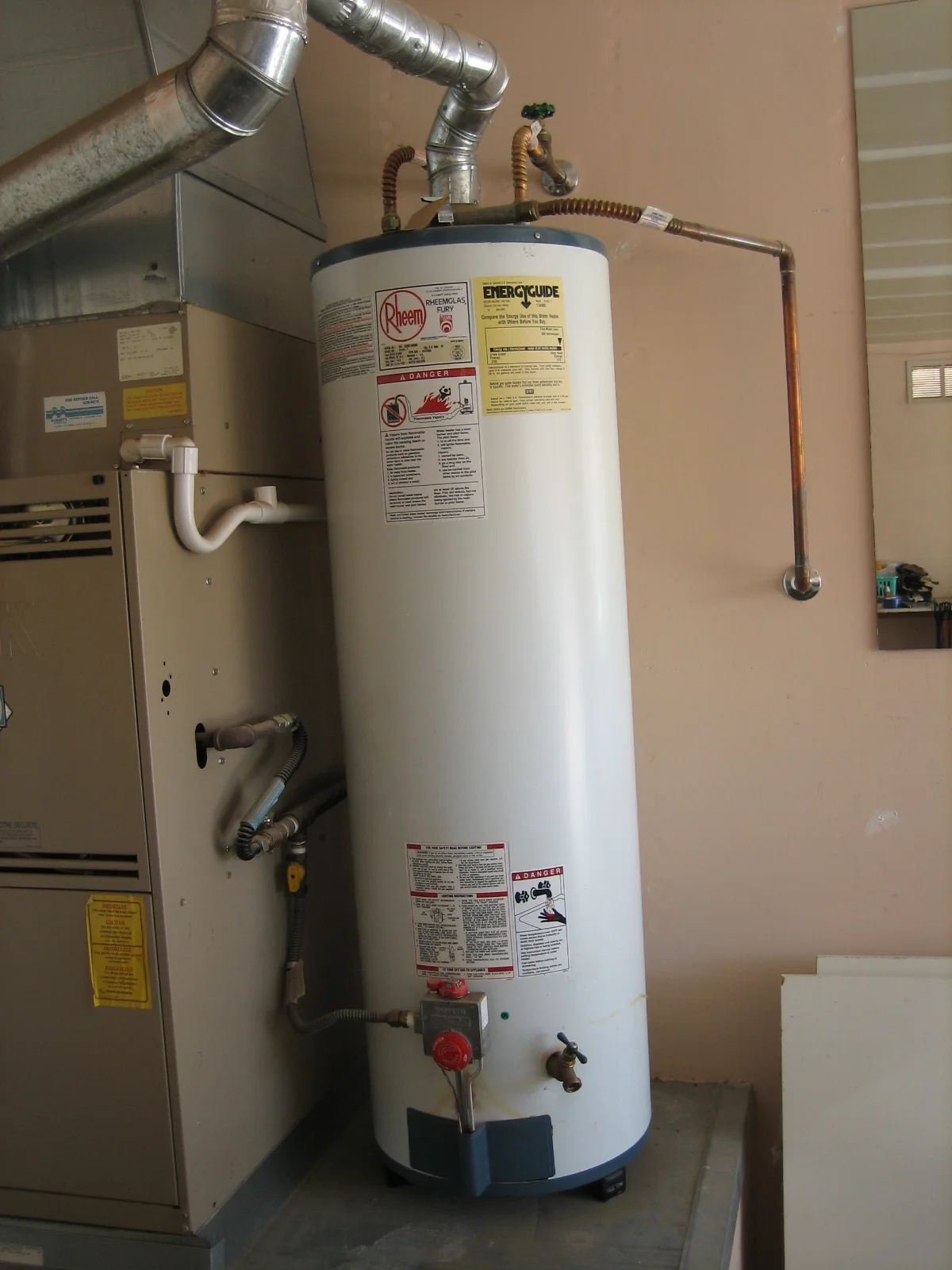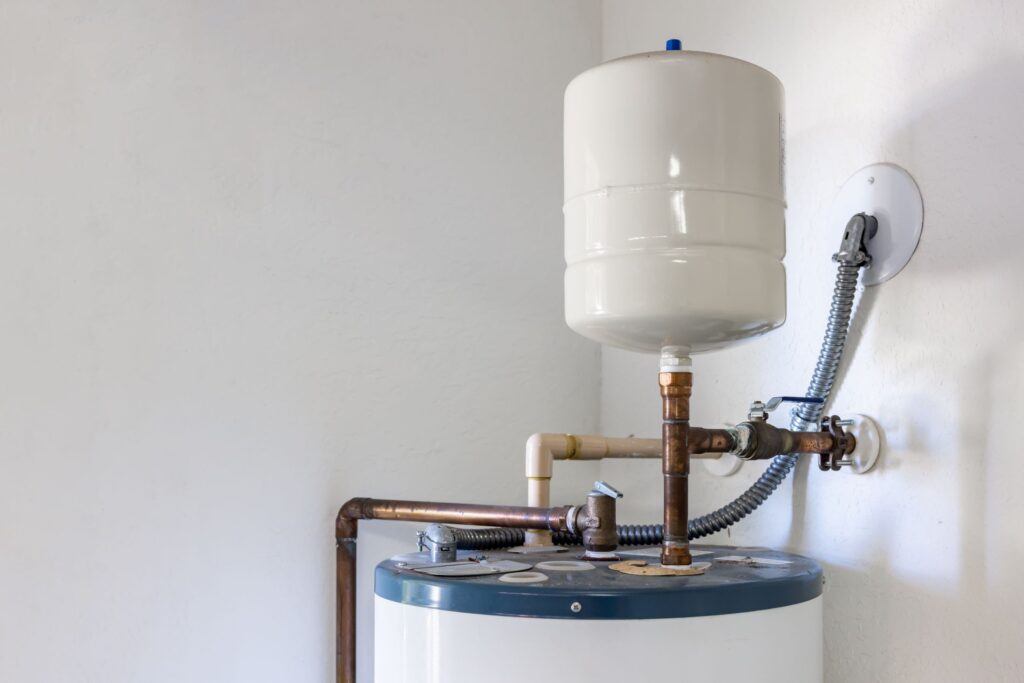Have you been looking for guidance around How to Maintain Your Water Heater & Prolong its Life?

Warm water is vital for daily convenience, whether it's for a revitalizing shower or washing recipes. To guarantee your hot water system runs successfully and lasts much longer, normal maintenance is crucial. This article provides functional tips and understandings on just how to keep your home's warm water system to avoid disturbances and pricey repair services.
Introduction
Keeping your home's hot water system could appear difficult, but with a couple of simple actions, you can guarantee it runs smoothly for several years to find. This overview covers whatever from comprehending your warm water system to DIY upkeep suggestions and recognizing when to employ professional assistance.
Significance of Preserving Your Warm Water System
Routine maintenance not only expands the lifespan of your hot water system but also ensures it runs efficiently. Ignoring maintenance can lead to reduced performance, higher power costs, and even early failing of the system.
Signs Your Warm Water System Needs Maintenance
Recognizing when your hot water system needs interest can stop significant concerns. Look out for indications such as irregular water temperature level, unusual noises from the heating unit, or corroded water.
Understanding Your Hot Water System
Before diving right into upkeep tasks, it's handy to understand the fundamental parts of your warm water system. Generally, this includes the hot water heater itself, pipelines, anode rods, and temperature controls.
Regular Monthly Upkeep Tasks
Normal month-to-month checks can help catch small issues before they escalate.
Flushing the Water Heater
Flushing your hot water heater removes sediment build-up, improving effectiveness and extending its life.
Monitoring and Changing Anode Rods
Anode rods prevent rust inside the storage tank. Evaluating and replacing them when worn out is essential.
Checking and Readjusting Temperature Settings
Adjusting the temperature settings makes sure ideal efficiency and security.
Do It Yourself Tips for Maintenance
You can carry out a number of upkeep jobs on your own to keep your hot water system in top condition.
Checking for Leakages
Frequently examine pipes and connections for leaks, as these can bring about water damages and greater expenses.
Checking Pressure Relief Valves
Testing the pressure safety valve guarantees it works properly and stops extreme pressure build-up.
Shielding Pipelines
Protecting hot water pipes reduces warmth loss and can conserve energy.
When to Call a Professional
While do it yourself upkeep is helpful, some concerns need expert knowledge.
Facility Problems Requiring Specialist Help
Instances consist of major leaks, electric problems, or if your hot water heater is constantly underperforming.
Regular Expert Maintenance Conveniences
Expert maintenance can consist of extensive inspections, tune-ups, and ensuring conformity with security criteria.
Final thought
Regular upkeep of your home's hot water system is crucial for performance, durability, and price savings. By adhering to these ideas and knowing when to look for professional aid, you can guarantee a dependable supply of warm water without unexpected interruptions.
Water Heater Maintenance Tips
Test the TPR Valve
Shut off the power and the cold-water supply valve. Place a bucket under the pipe connected to the temperature-pressure-release (TPR) valve on the top or side of the tank. (This valve opens if the tank pressure gets too high.) Lift the valve’s tab to let some water out, then let go. If water keeps flowing, drain the tank partway, unscrew the old valve with a pipe wrench, and install a new one. Check the Anode Rod
Put a hose to the tank’s drain cock and let out a few gallons of water. Now fit a 1 1/16-inch socket onto the rod’s hex head on top of the heater (or under its top plate) and unscrew the rod. If it’s less than ½ inch thick or coated with calcium, buy a new one, wrap its threads with Teflon tape, put it back in the tank, and tighten securely. Use this segmented rod if headroom above the tank is limited. Drain the Tank and Wash Out Sediment
Drain the remaining water in the tank into the bucket, then stir up the sediment on the tank’s bottom by briefly opening the cold-water supply valve. Drain and repeat until clean water comes out of the hose. Close the drain cock, refill the tank, and turn its power back on. Adjust the Temperature
Find the temperature dial on the side of the tank and unscrew its cover. Adjust the dial to 120 degrees using a flathead screwdriver. For every 10 degrees the temperature is lowered, you can expect to save up to 5 percent in energy costs. Turn the water heater off or the thermostat down to its lowest setting if you plan to be away from home for more than three days. Insulate the Pipes
Buy some self-sticking 3/8-inch-thick foam pipe insulation that matches the pipes’ diameter. Slide the foam over the hot-and cold-water pipes as far as you can reach. Insulating the cold-water pipe prevents condensation in summer. Peel the tape and squeeze the insulation closed. If the pipe is 6 inches or less from the flue, cover it with 1-inch-thick unfaced fiberglass pipe wrap. https://www.thisoldhouse.com/plumbing/21016402/how-to-maintain-a-water-heater

I am just very enthusiastic about How to Maintain Your Water Heater & Prolong its Life and I really hope you liked the new blog entry. Liked our piece of writing? Please share it. Let another person find it. I recognize the value of your readership.
Call Today